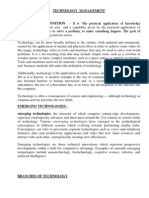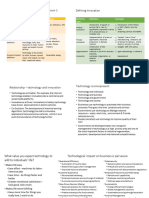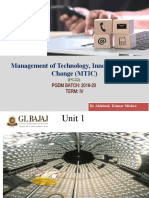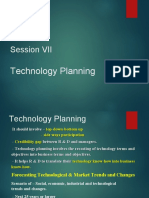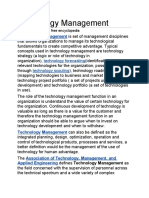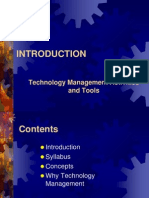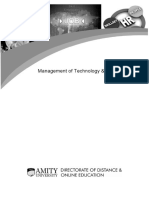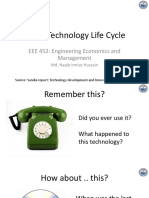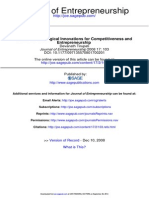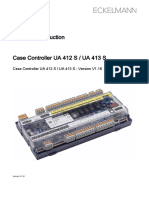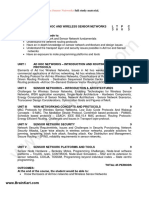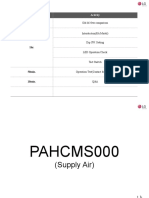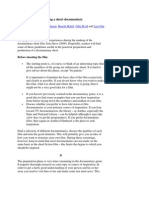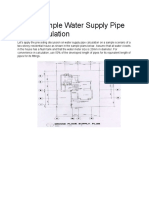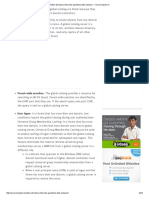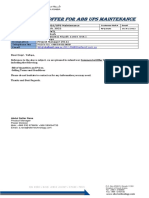0% found this document useful (0 votes)
42 views12 pagesChapter1 Introduction
Technology design and evaluation is becoming increasingly important for three main reasons:
1) Shortening product life cycles require early identification of trends and reduced development times.
2) Payback risk increases if development costs are higher, product costs are higher, or launch is delayed compared to plans.
3) Typical questions from industry involve priorities, alternatives, competence, identification, exploitation and selection of technologies.
Uploaded by
Islami KothaCopyright
© © All Rights Reserved
We take content rights seriously. If you suspect this is your content, claim it here.
Available Formats
Download as PDF, TXT or read online on Scribd
0% found this document useful (0 votes)
42 views12 pagesChapter1 Introduction
Technology design and evaluation is becoming increasingly important for three main reasons:
1) Shortening product life cycles require early identification of trends and reduced development times.
2) Payback risk increases if development costs are higher, product costs are higher, or launch is delayed compared to plans.
3) Typical questions from industry involve priorities, alternatives, competence, identification, exploitation and selection of technologies.
Uploaded by
Islami KothaCopyright
© © All Rights Reserved
We take content rights seriously. If you suspect this is your content, claim it here.
Available Formats
Download as PDF, TXT or read online on Scribd
/ 12









